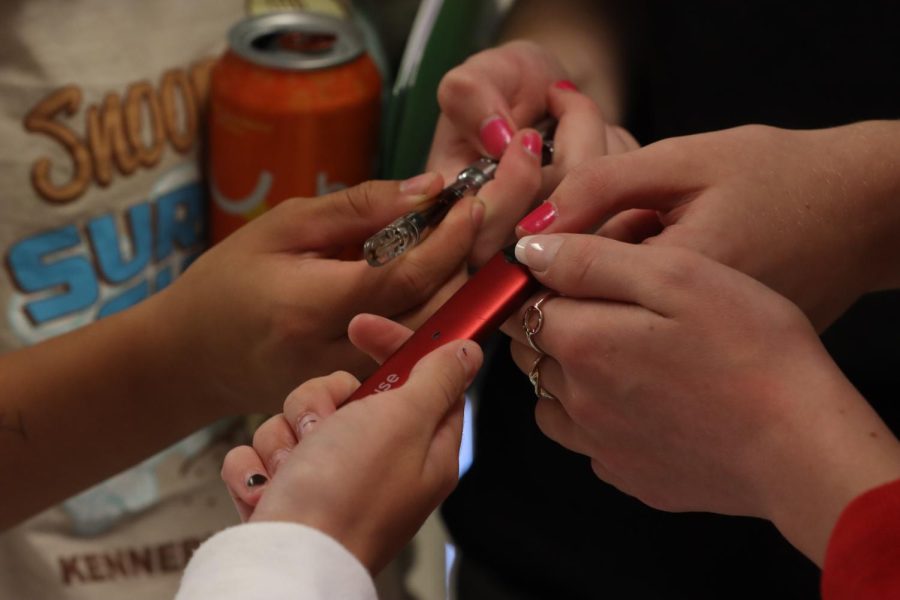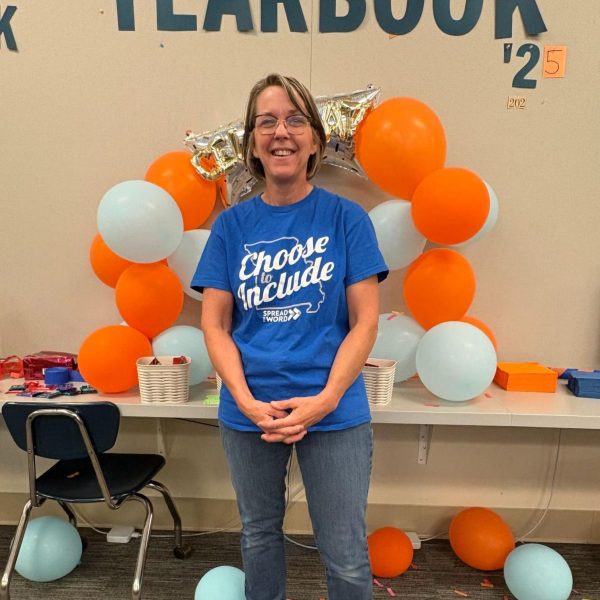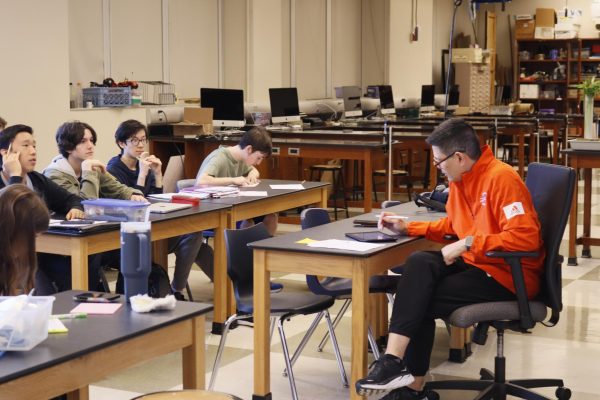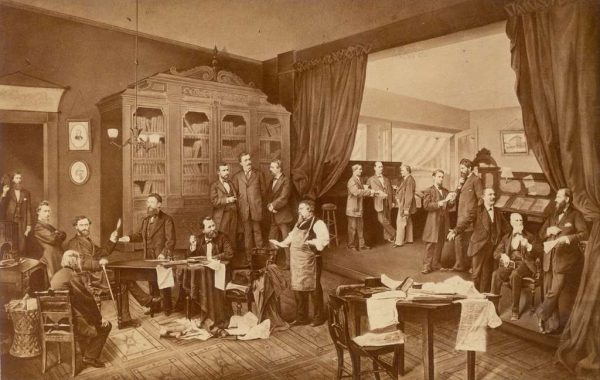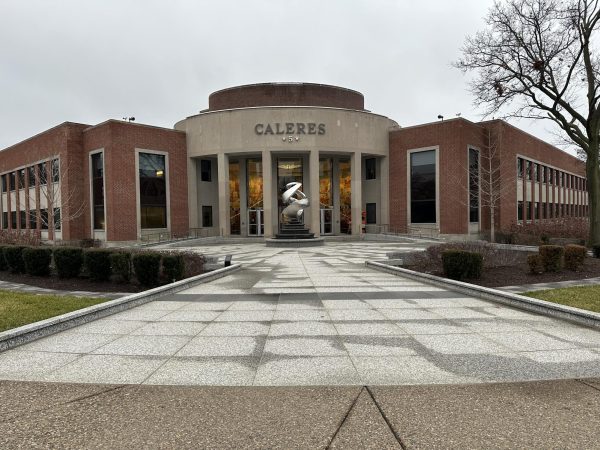Substance Addiction at CHS
CHS students discuss their experiences with addiction, mental health, and recovery.
A vape product exchanges hands.
CHS Junior Rebecca Johnson* (names have been changed to protect the anonymity of the students) never wanted to vape or smoke herself, even though all her friends did it. However, being around substance use all the time changes a person’s view on the severity of it, and what was actually a ‘big deal.’
“Eventually, vaping and smoking became so normal that I basically stopped noticing it. In January of 2020, I used my friend’s vape for the first time. I really didn’t view it as a big deal, I thought `oh, I’m never going to buy my own, this is a one time thing,” Johnson said.
High school students doing drugs is not an anomaly, and in Clayton some may even view substance use as the norm. According to the National Center for Drug Abuse Statistics, 86% of teens know someone who drinks, smokes, or uses drugs during the school day. Although widespread, addiction is still a taboo subject, leaving those struggling with substance abuse feeling isolated and hopeless.
Over quarantine, widespread feelings of isolation and boredom led to increased substance use, and for many, turned what was previously a casual hobby into a life-consuming addiction.
“Over quarantine I had nothing else to do and that is when I really started. When I first started doing it I wasn’t using it that much, but over lockdown there was nothing else to do so I would just be vaping all the time. That’s when my addiction got bad,” said Johnson.
Not every experience is like Johnson’s, and CHS sophomore Taylor Smith* has a contrasting experience in their struggles with substances. For Smith, their first experience being around substances was not through social pressure.
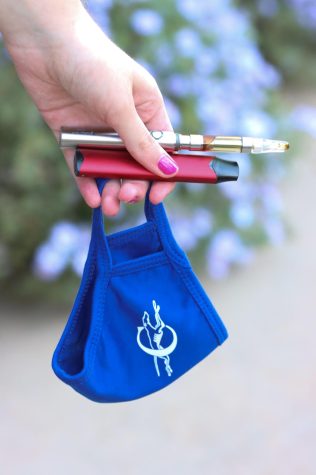
“When I got involved with drugs, it was 100% my own fault. I was seeking these things out because I thought they would make me feel better, not because all my friends were doing it and I wanted to be included. I started smoking weed a lot, and then got into stronger stuff, like Xanax and Adderall. It got to the point where I was always high just because I never wanted to be sober and alone in my head,” Smith said. Rather than an unavoidable aspect of party culture, for Smith, drug use was an escape from serious mental health struggles.
Despite the number of people who struggle with substance use, only a fraction of them reach out for help. In Smith’s case, they finally reached out to their parents, and the reaction they received was less than helpful.
“I felt like so much of a failure because I knew how bad hard drugs are, and there was so much stigma around addiction that I felt like I couldn’t reach out for help. When I finally toldmy parents, instead of getting me the help I needed, I was punished. I felt so much guilt and like my parents thought I was a terrible person,” Smith said.
Addiction, as defined by the American Medical Association as a disease of the brain and body. Education about addiction is often very skewed, and focused on fear tactics rather than understanding. Understanding addiction as a mental health issue rather than a series of bad decision making is incredibly important for those affected, and could be the difference between someone getting help and becoming a victim of their addiction.
A $50 or more donation includes a subscription to the Clayton High School Globe 2024-2025 print news magazine.
We will mail a copy of our issues to the recipients of your choice.
Your donation helps preserve the tangible experience of print journalism, ensuring that student voices reach our community and that student democracy thrives.
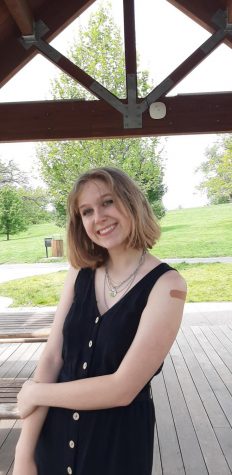
Avie Mallon is a reporter on the Globe for the first time this year. Avie has always been interested in writing and has discovered journalistic writing is a passion of hers. ...
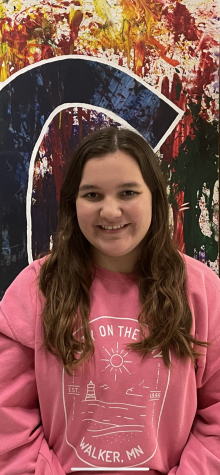
Lily Kleinhenz is a Senior at Clayton High School Missouri. She is a Chief Digital Editor and a part of Photo Journalism. Lily loves writing and reading, taking photos, shopping,...


